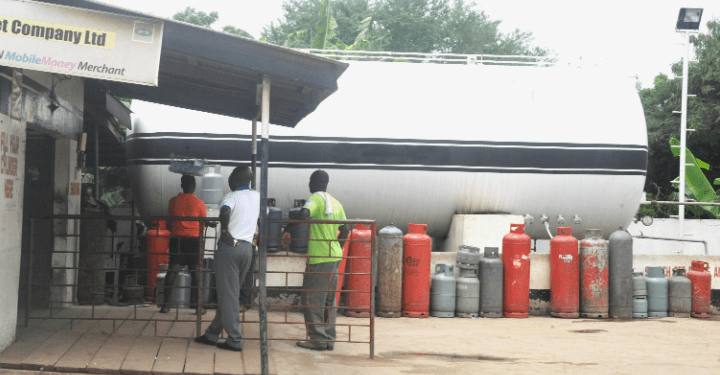- Israeli forces launch ground offensive in Lebanon as markets fear escalation
- India to fabricate its first chip in two years as Nvidia, AMD and Micron pledge to expand to the country
- Singapore private housing prices cool, ending an over year-long rally
- Real estate fees settlement created 'a new competitive ballgame,’ expert says. Here's what buyers, sellers need to know
- London-based Robinhood rival Freetrade buys UK arm of Australian investing platform Stake
What do you believe is the single most important factor driving up the cost of living in Nigeria?

New technique streamlines early-stage battery development
From current on-road vehicles to future electrified aircraft, the safety and reliability of energy storage systems is critical across battery applications. Before entering the market, all battery systems undergo thorough reviews and certifications to confirm they operate safely in both routine and extreme conditions, including fluctuating temperatures, repeated charging and discharging, and a full range of driving cycles.
"To ensure battery safety, manufacturers must design battery systems that mitigate risks during worst-case scenarios," said NREL's Donal Finegan, senior scientist in NREL's Electrochemical Energy Storage group. Catastrophic failures for individual cells are rare, but battery packs containing thousands of cells increase the overall risk.
Extreme temperatures due to single cell failure can lead to thermal runaway, igniting dangerous and toxic fires that spread across the entire battery pack.
Thermal safety is at the heart of the National Renewable Energy Laboratory's (NREL's) battery research. The laboratory's scientists provide exhaustive thermal characterization of battery systems, looking beyond the industry-standard pass/fail certification process to understand what exactly occurs within battery structures before, during, and after failure.
As demand for batteries continues to grow, NREL experts are dedicated to developing fresh approaches to identify potential battery hazards and accelerate nationwide battery safety research.

- October 1, 2024
New cooling system works on gravity instead of electricity

- September 27, 2024
Hurricane Helene makes landfall in Florida, moves to Georgia: What we know

- September 27, 2024
'Coolcations' had another big summer. Here are the places travelers went




- October 1, 2024
Researcher wants to ensure AI doesn't ruin the environment

- September 25, 2024
Ghana to host Strategic ESG and Sustainability Impact Summit
Subscribe to our mailing list to get the new updates!

Subscribe our newsletter to stay updated
Thank you for subscribing!






